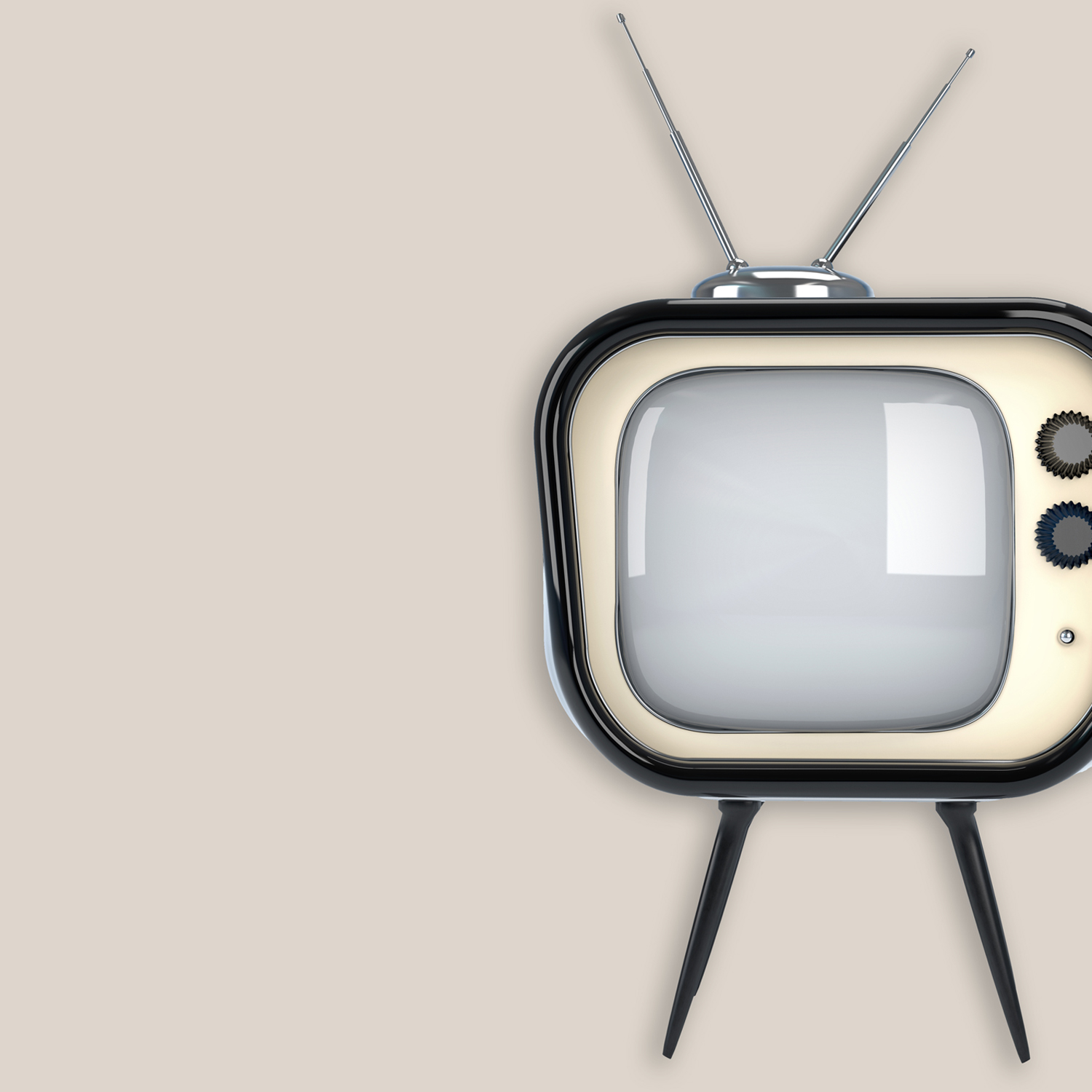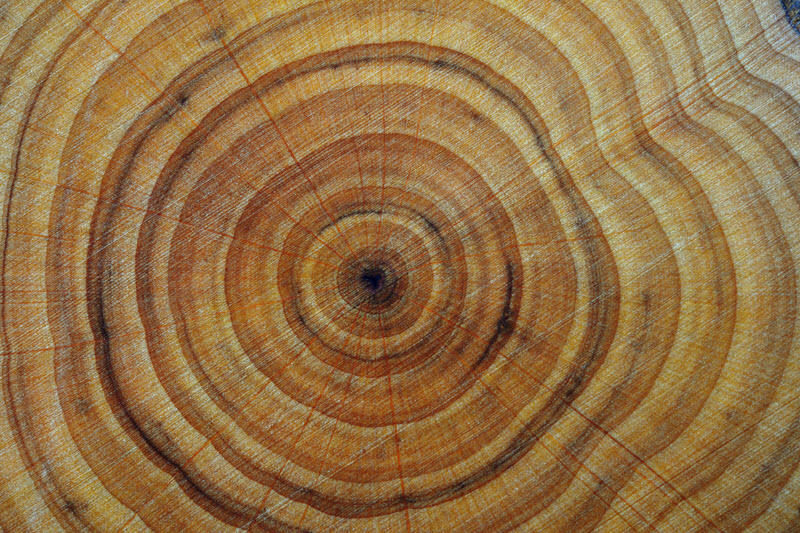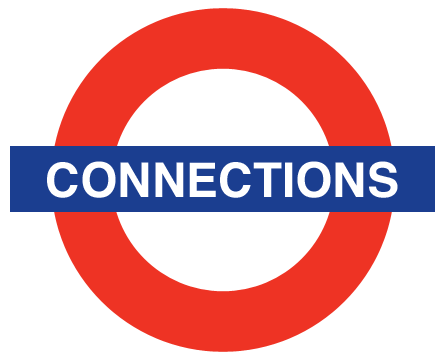Working with Television series story structure is often an eye-opener for many writers working with me for the first time. It can be surprising to learn just how much of my creative work is to do with identifying, highlighting and then handling structure. There are 3 distinct strata to my structural thinking when I am first getting to grips with your television stories:
The structure and shape of the idea as a whole, spanning the series length.
The structure of the Pilot to represent the series and kick start the story off.
The internal structure of the subsequent episodes across the series arc.
Very early on, working with me via my Development Packages, you learn that as far as I am concerned and most definitely in my world…..
TELEVISION SERIES STORY TELLING IS ALL ABOUT STRUCTURE.
Often writers come to me with a world already in part created – so they have the setting, the central characters and they have themes they want to explore and at least some idea of the story lines for some of the main characters. I can work with less, I often have more, but this is a good start.
First thing to do:
IDENTIFY THE SHAPE OF THE SERIES AS A WHOLE.
Shape is the same word as structure in my mind. I do a lot of visualisation when I am working your ideas through with you. Every series although multi-stranded by definition and nature, has an internal shape that I identify as the bicycle wheel.
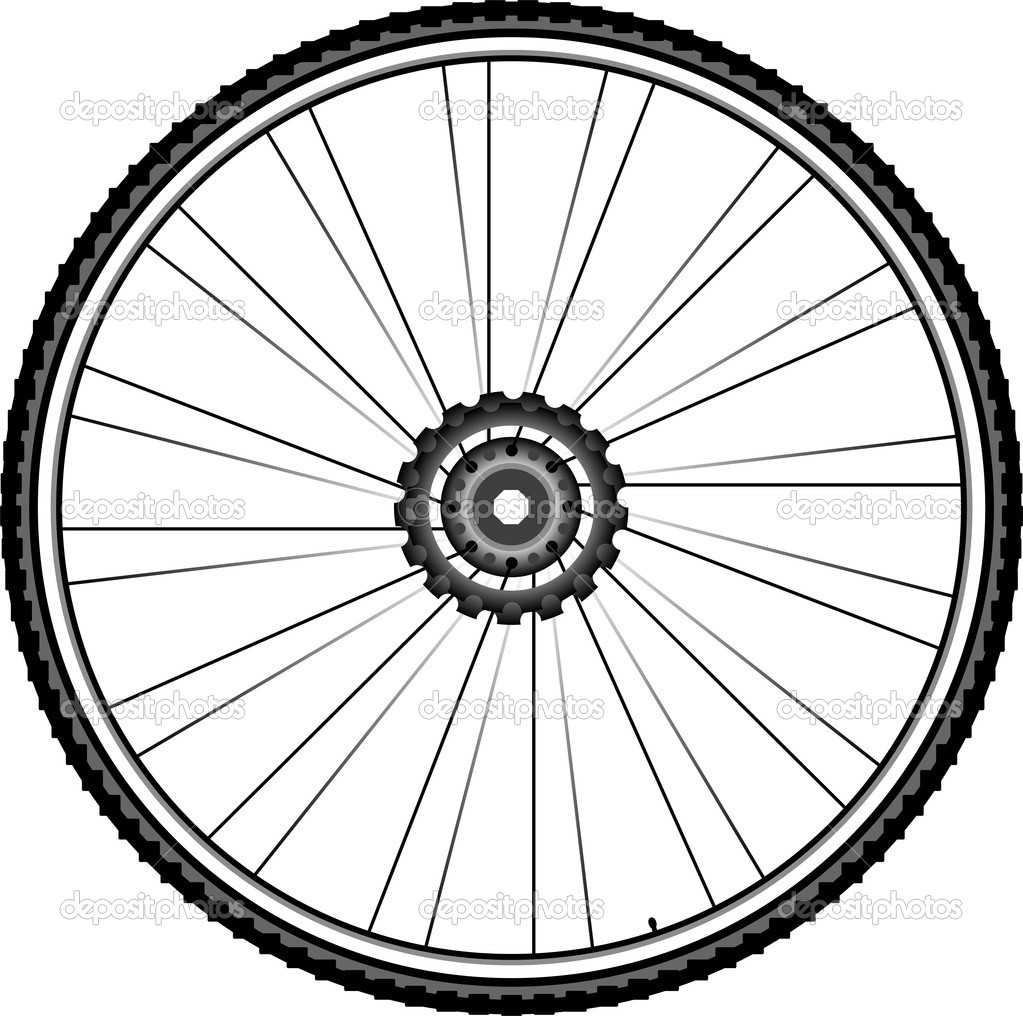
Sitting in the centre of this wheel; if your series is an ensemble piece is your core group of characters for eg: in Peaky Blinders it’s the Shelby family, or if it’s a precinct series like Holby City, it’s the staff of the hospital. If the story is not told by multi protagonists, but essentially from the point of view of one character, then he/she sits in the wheel centre on her own – as in the case of Catherine Cawood in Happy Valley.
From this central point the story lines are generated and thrown out into the episode in a clear, focused way like spokes from the central point of the wheel. All stories are essentially cyclical and this wheel represents not only the path of the story lines through one episode but also of the series as a whole.
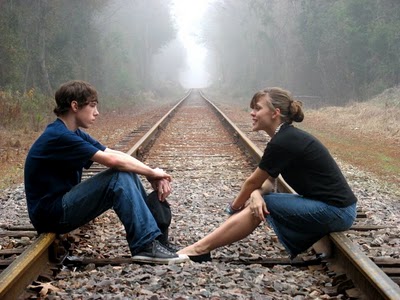
You are working all the time when writing for series, with the ribbon or linear nature of the story lines, they are tram tracks marking clear lines across the duration of the series as a whole but also through each episode. The coupling points, like train carriages hooking one to the other, are consciously placed by the writer, to create a story hook at the end of each episode and literally hook into the next one, so forming a seamless line of story – and put another way – this is how I help you create your next structural issue:
CREATING NARRATIVE STRETCH.
The key here is to think of each character in your series world as a story bank. They may have back story that helps you, or a compelling present situation that helps kick their story line off – ideally they would have both. Then there’s the direction in which they are going – this is sometimes shown via a non-linear narrative so one that flips between several time frames; so via Flashback and Flash forward – but essentially the trajectory of this series narrative no matter how many twists in the time line there are, is forward and will always be creating change in your character and requiring them to learn as they go.
This is the nature of series story telling – it is layered, it is forward moving, it has a controlled pace (which means sometimes extremely fast and at other times more meandering – this is up to you to control) and as each character moves through the time line of not only each episode but the series arc as a whole, they will be revealing more of themselves and we will be given more plot as it unfurls at the pace of the character’s progression. In my world Character Creates Plot.
This is because it is through the interplay between Subtext and Text that we not only kick start the story engine, but keep that engine going through the duration of the series as a whole and also in a more focused way, through each individual episode.
In television the pace is controlled, but also driving and never in a good series drama, do we feel the pressure has been taken off the pedal. There needs to be a determined and continual push from beneath everything we see on screen which comes from the inner and beneath the surface workings of the subtext.
Narrative stretch, or ‘story legs’ to put it another way, is created by you the writer, confidently handling two things:
What drives the character – what is motivating them – Subtext
What they do and how it affects those around them – Text.
MACRO V MICRO VIEWPOINT.
This is a crucial element to being able to create a compelling and engaging series narrative. Taking the bicycle wheel again, I consider who or whom has the Micro viewpoint. That is, from whom do we see this world unfold and so who is in effect, the main influence on the story lines. This is often not merely one character. In a series format there are the characters that carry the most story weight and so are the primary source of story energy – taking Happy Valley again, this is Catherine Cawood – but she is surrounded by her peer group, her work colleagues and her family. They form a cyclical construct around her central position in the bicycle wheel and from them too, come story ‘spokes’. Primarily then, in Happy Valley, we have Catherine Cawood forming the Micro Viewpoint. And the world in which she operates and those people who occupy that strata, form the Macro Viewpoint. The world of the Valley itself, the criminal elements, the story threading through which is that of Tommy Lee Royce, (begun in series 1 and continued from prison in series 2) forms another Macro Viewpoint.
It is by the measured and conscious flipping between the Macro to the Micro viewpoint that the writer creates true engagement and brings to our screens an immersive experience. By controlling from whose view point, by which angle and therefore in what context we see the story at any one particular point, the writer is delivering to the audience (forming the ultimate Macro viewpoint) a compelling story told incrementally.
This is in essence the nature and true work of the series television writer.
There are now 3 distinct ways you can work with me via my Development Packages. This is my mission; to bring out the best in you not only creatively but also to help you navigate the commercial requirements of a good series idea and ultimately to shape you and your work for the Industry. You can also sign up here for my Online Tv Writing School which runs twice yearly (current course full) and then if you want to learn a new skill and really get to grips with series narrative to improve your own writing and those of your fellow writers, join up for my Script Editing for Television Course which is currently over subscribed for November this year but will run again in 2020.




